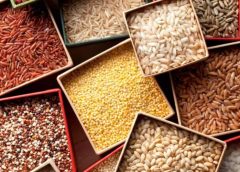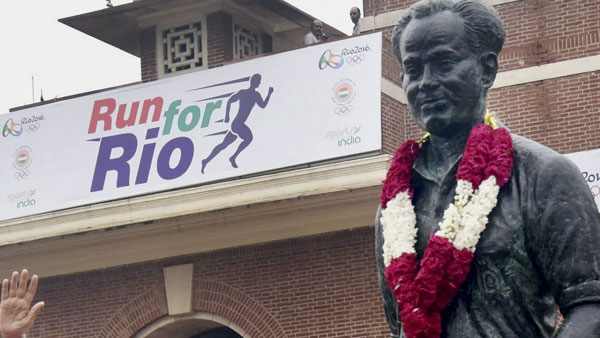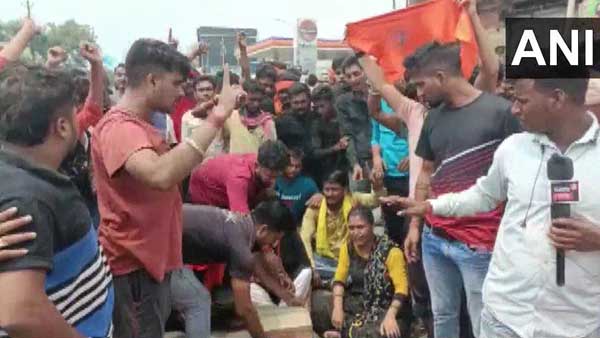
Craze for millets growing but farmers still not enthused by the prospect | India News
[ad_1]
Realising this disconnect between demand and supply, the Centre has now taken up the task of promoting it among farmers through hand-holding or incentives, and creating both domestic and international markets.
Syncing its idea with the UN’s declaration of 2023 as ‘International Year of Millets’ at India’s initiatives, the country has planned 19 events at global venues in countries like Germany, Belgium, USA, Japan, UAE, South Korea, South Africa, Indonesia, Saudi Arabia, UK and France beginning next year to promote millets and millet-based products.
“Time has come to ensure a respectable place for millets in food plates not within the country but also globally. We will have to bring out the importance of these nutri-cereals before the global consumers,” said agriculture minister Narendra Singh To take.
Though India, currently, dominates acreage and production of millets with 19% and 18% global share, respectively, shares of sown areas under millets and its production continue to be quite less in the overall foodgrain basket within the country. Acreage of millets in total sown area under foodgrains’ crops in India accounts for only 11% while production accounts for merely 6% if we look at the 2017-18 to 2020-21 average.
Noting how imbalance between population growth and food production resulted in replacement of millets by other cereals, specifically wheat and rice in the 1960s, agriculture expert and professor at Lucknow University Sudhir Panwar suggested two-pronged strategies for augmentation of millets’ acreage and production.
He said, “Emphasis on wheat and rice over the past 60 years drove out millets from our diets, food habits and farms. So, the government first needs to create awareness through various promotional activities and mass awareness campaigns, highlighting its nutritional advantage and its benefits for farmers in opting for low-cost climate-friendly sustainable farming.
“Secondly, after creation of demand, the farmers should be incentivised through market intervention and appropriate technology inputs in seed, harvesting and storage to make it competitive with alternative crops.” Panwar cited an example of the Haryana government, noting how farmers in the state are getting money for not growing water-guzzling paddy, saying this model of compensation to millet farmers can be used to replace wheat and paddy.
On the sustainable farming front, millets have multiple benefits as such crops consume less water and therefore can be grown in arid regions. Millets are also short duration crops (60-90 days) compared to fine cereals (100-140 days). Being climate-resilient crops, millets are the most secure crops for small farmers as these crops are hardiest and adaptable in harsh, hot and drought conditions.
As part of multiple activities on promotional front within the country, four metros — Mumbai, Kolkata, Chennai and Bengaluru — will have millet expo while 19 districts across 10 states will see multiple activities including ‘millet villages targeting tourism’ as a larger goal to promote millets both among farmers and consumers in 2023.
Besides, the government has also planned an international conference on millet processing in January and mega food events with special focus on millets in October next year. There is also a plan to set up the International School of Millet Processing (ISMP) in Thanjavur.
[ad_2]
Source link


